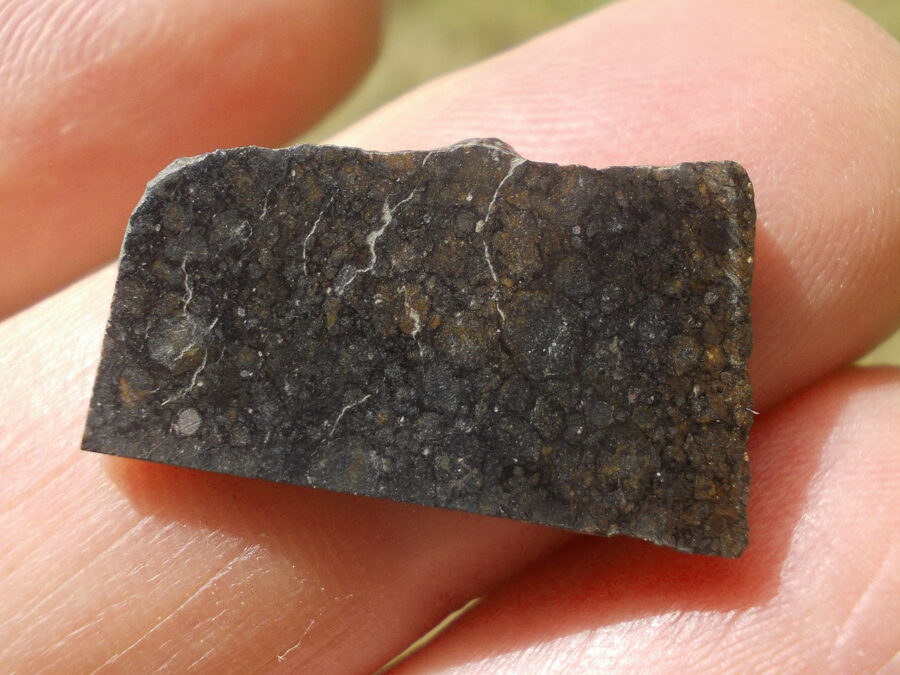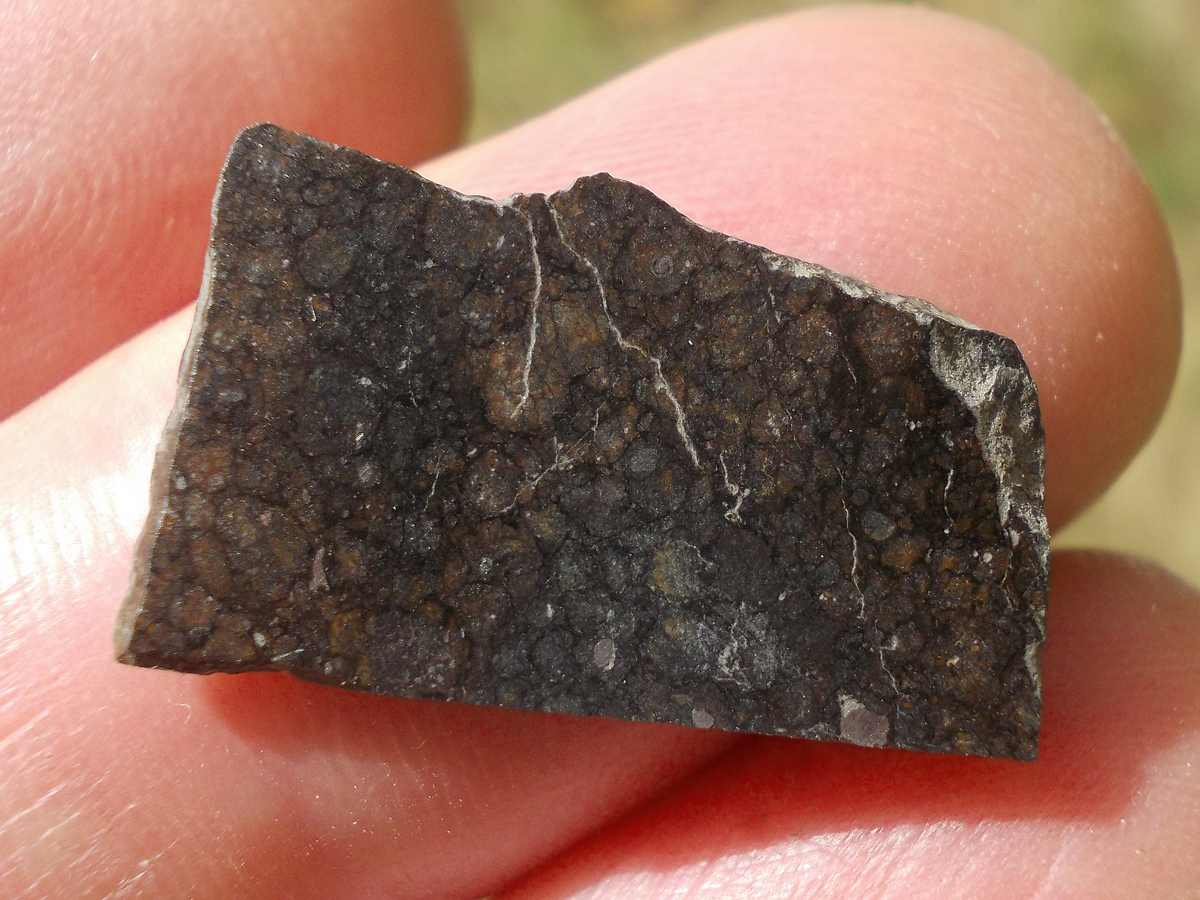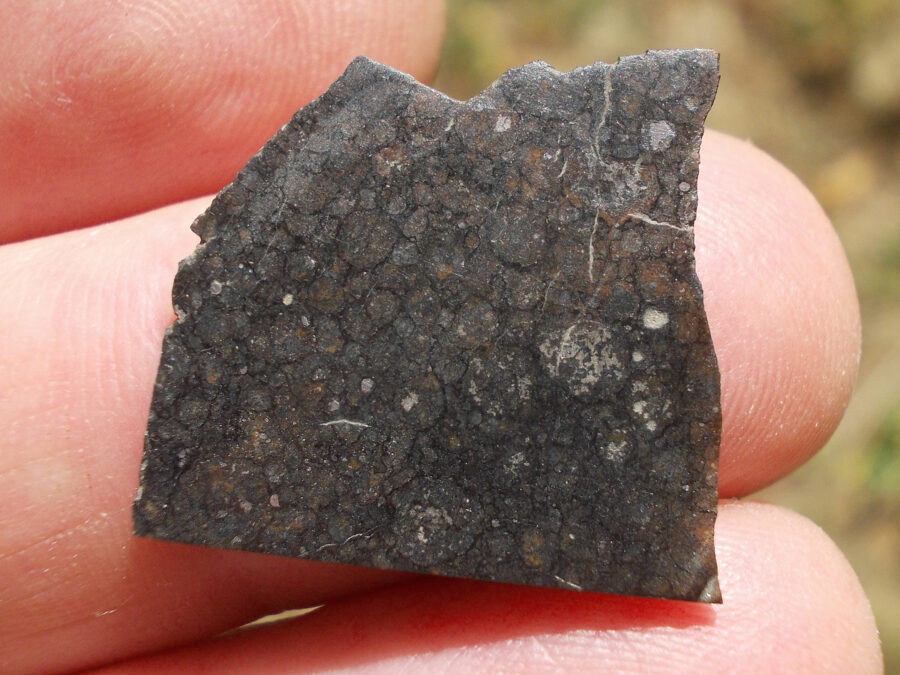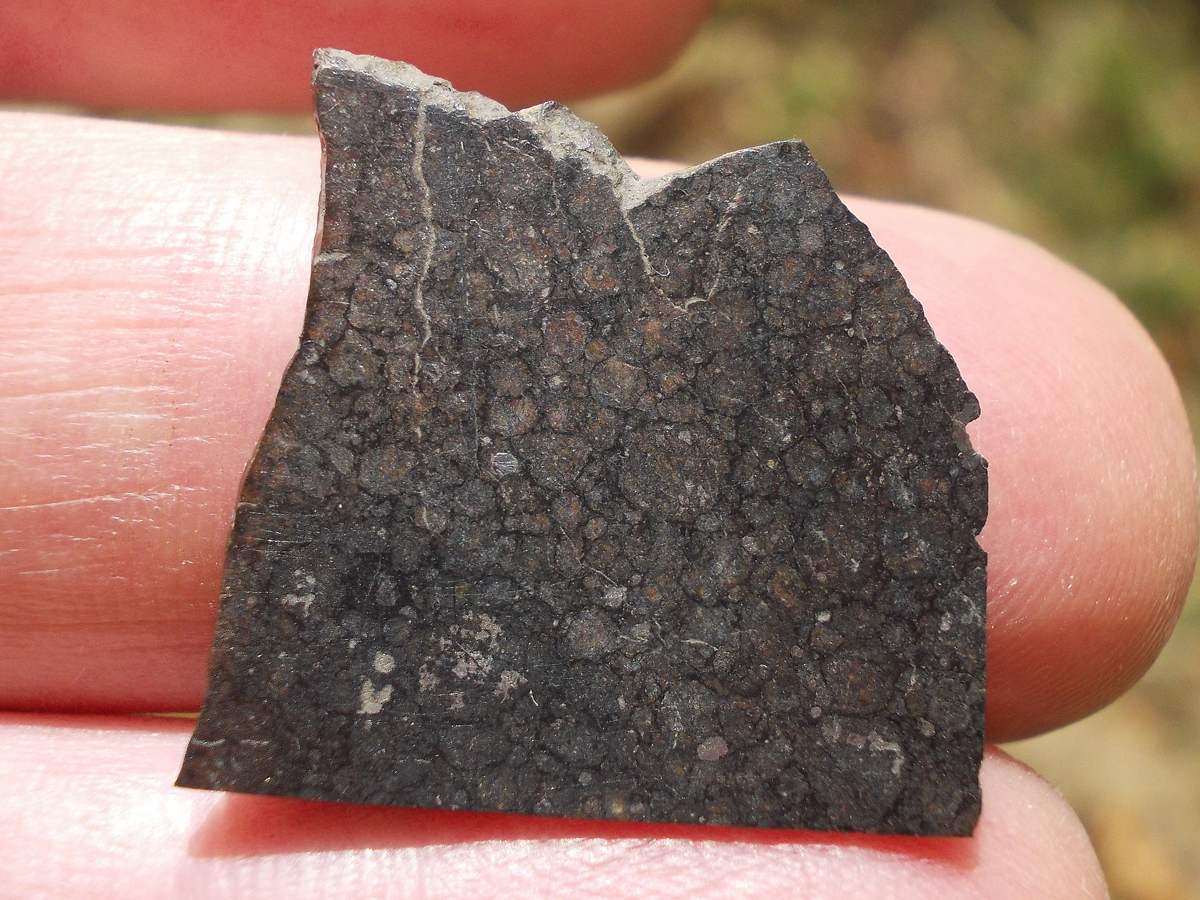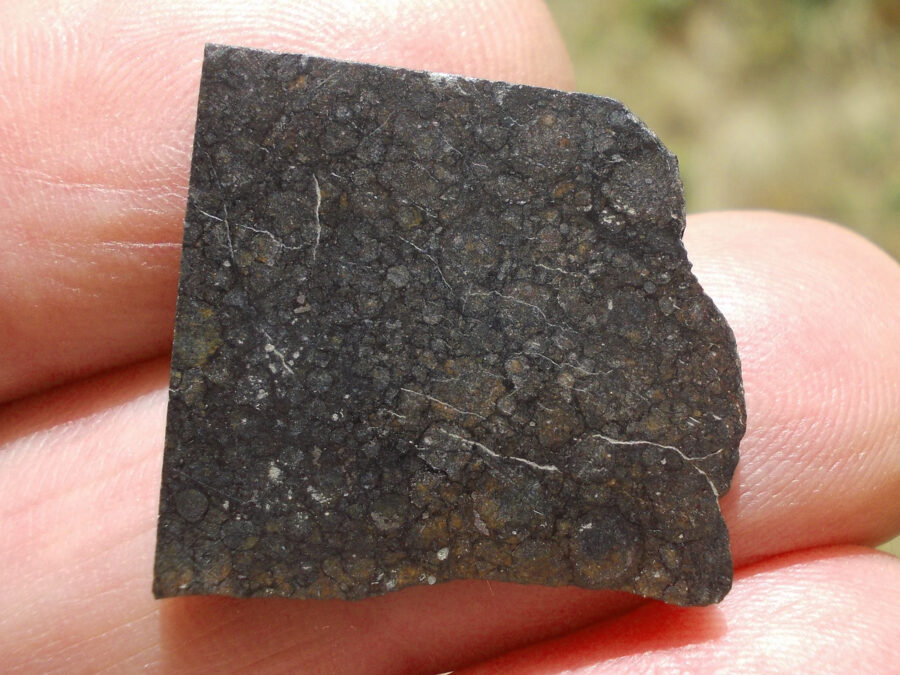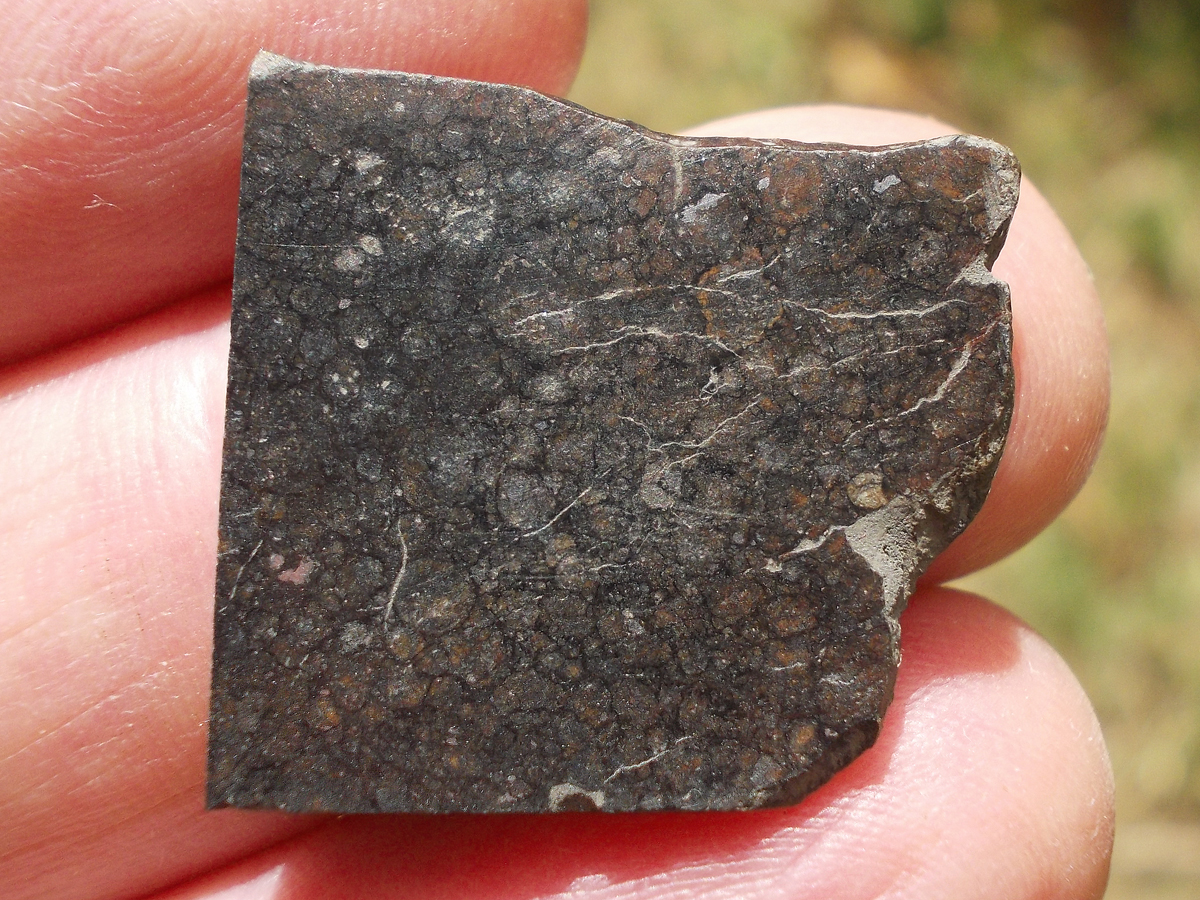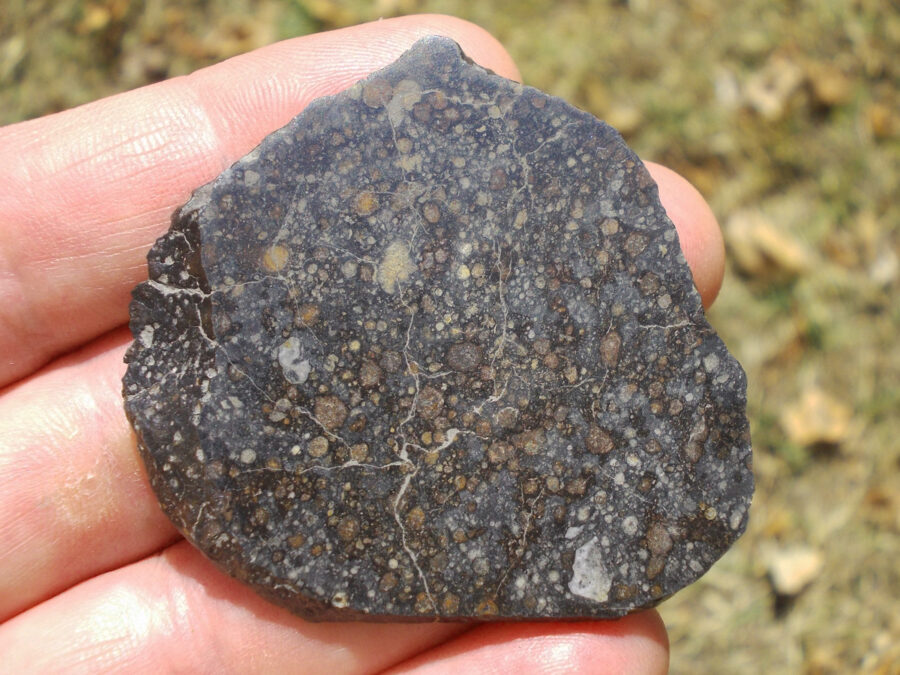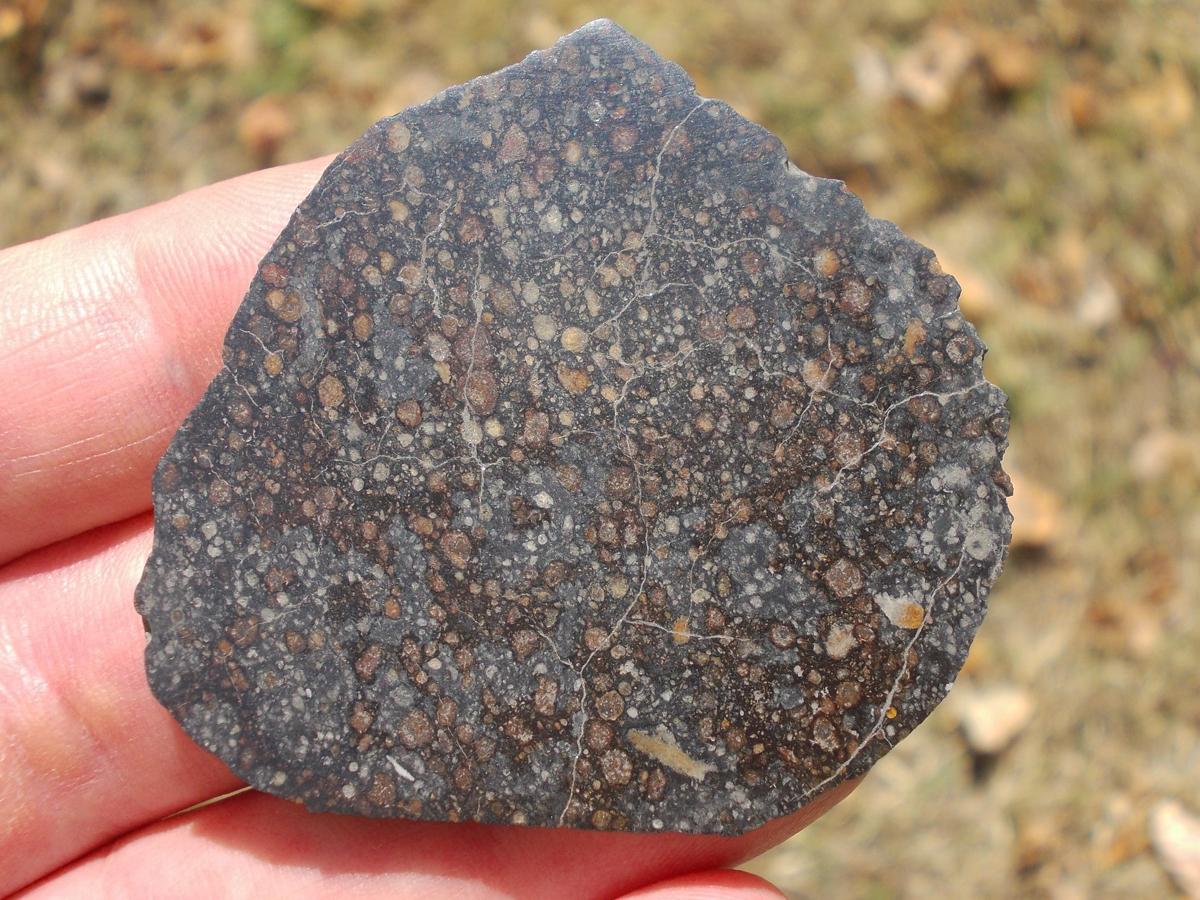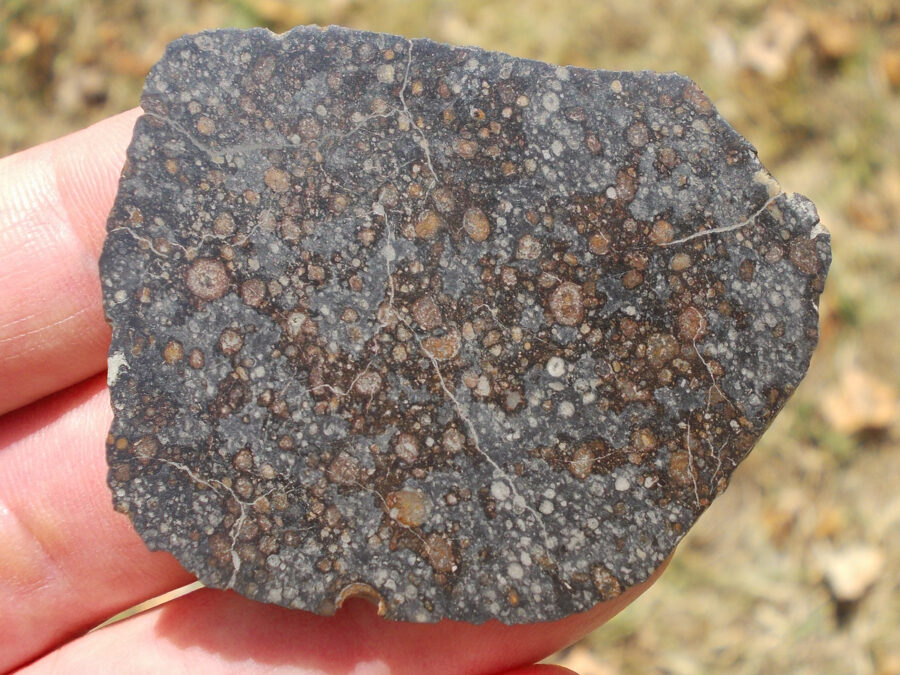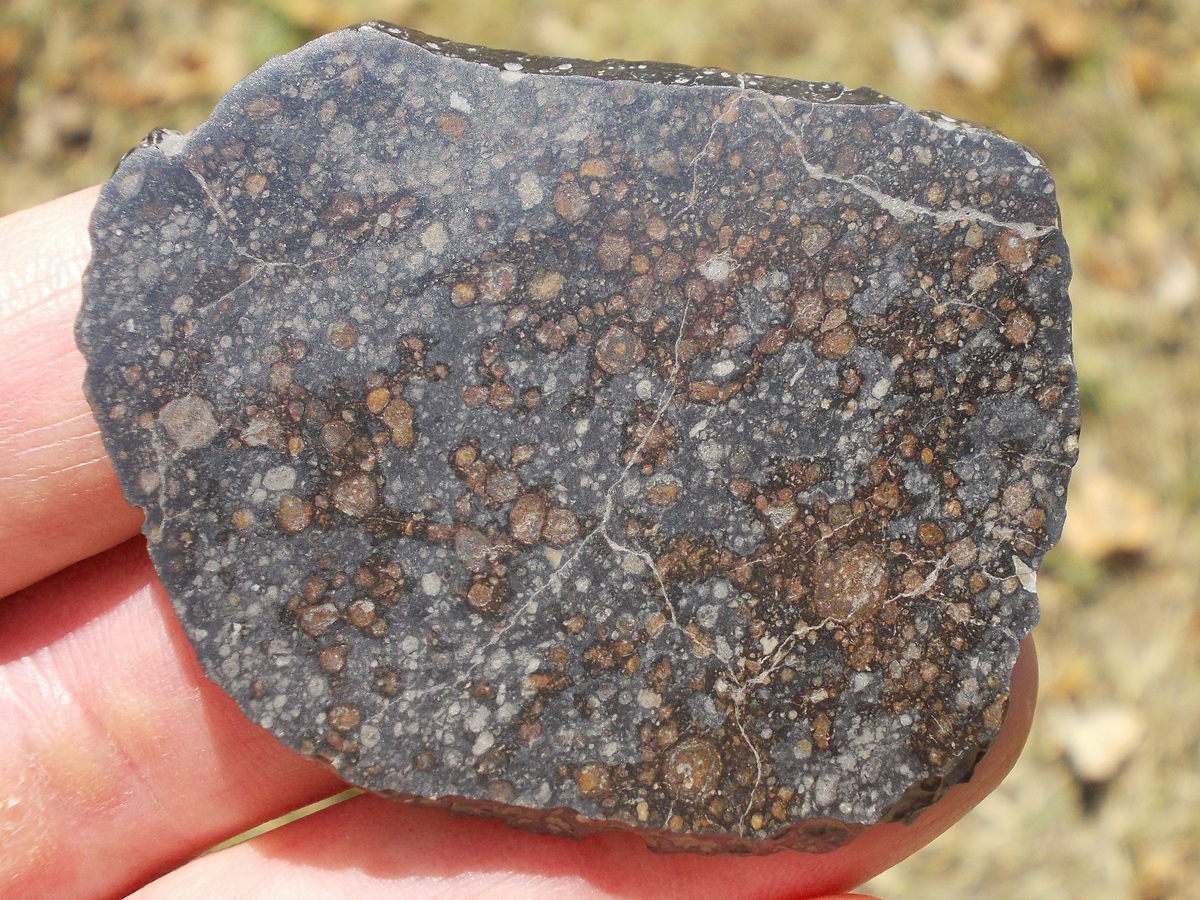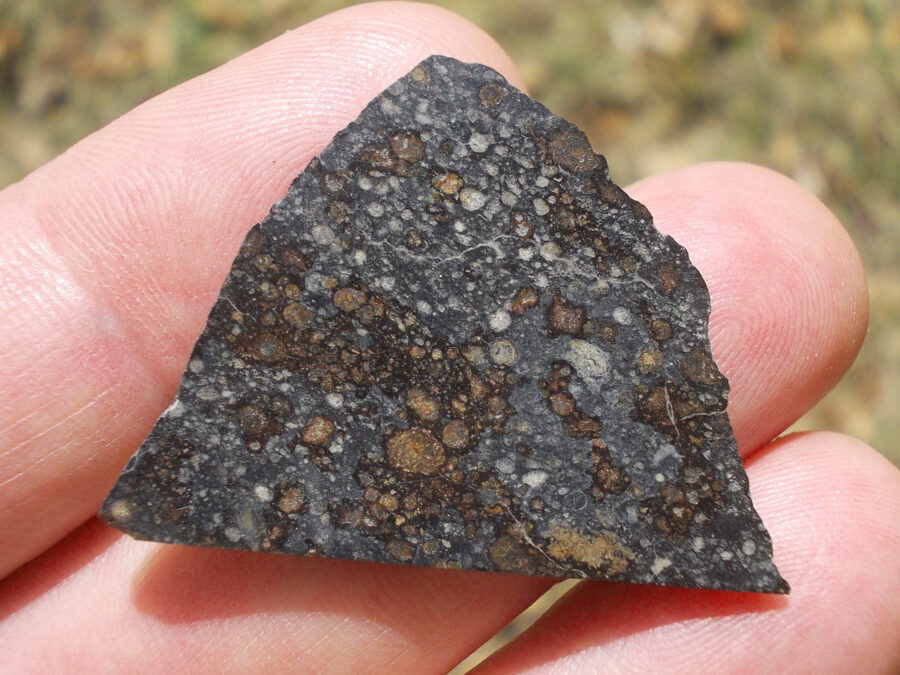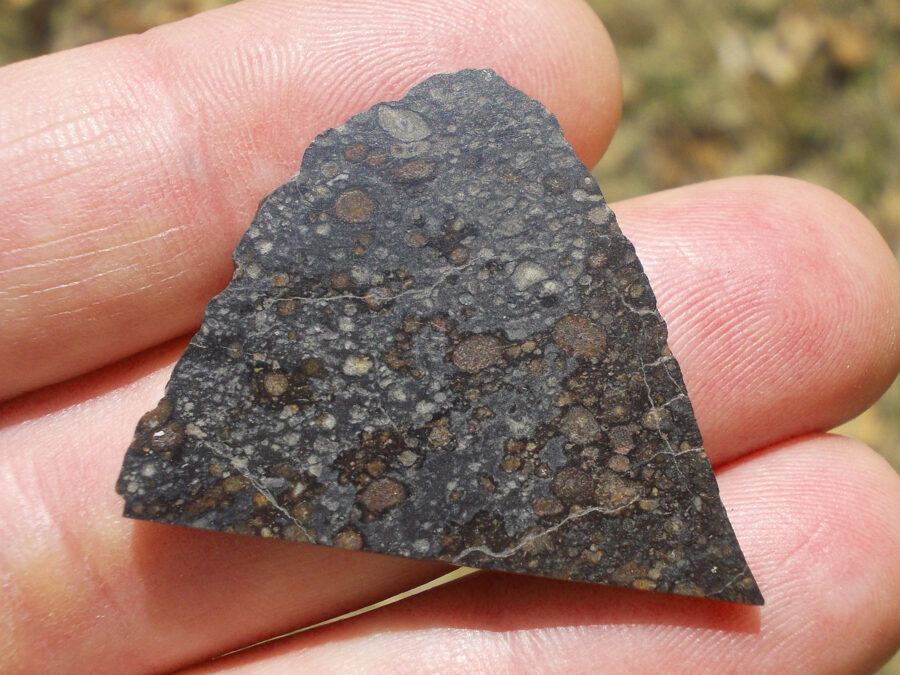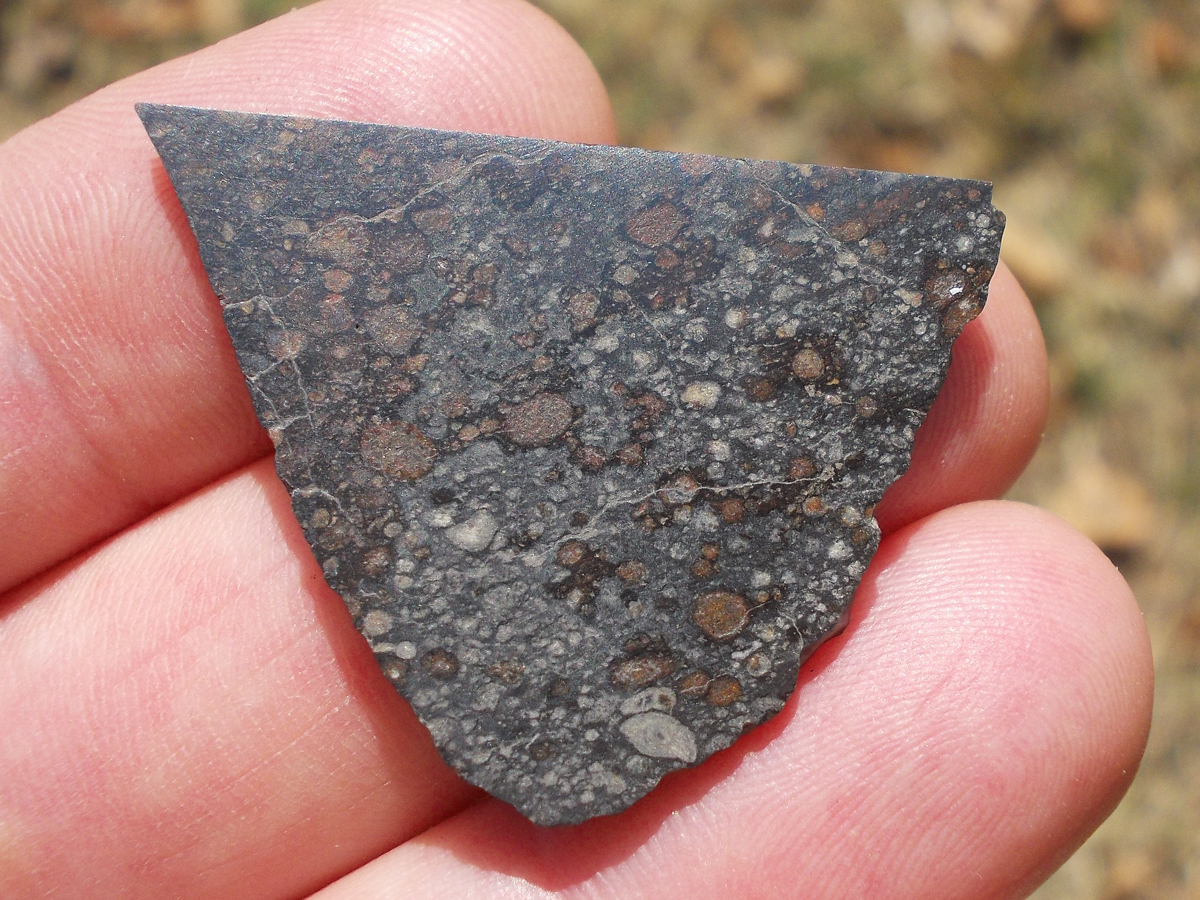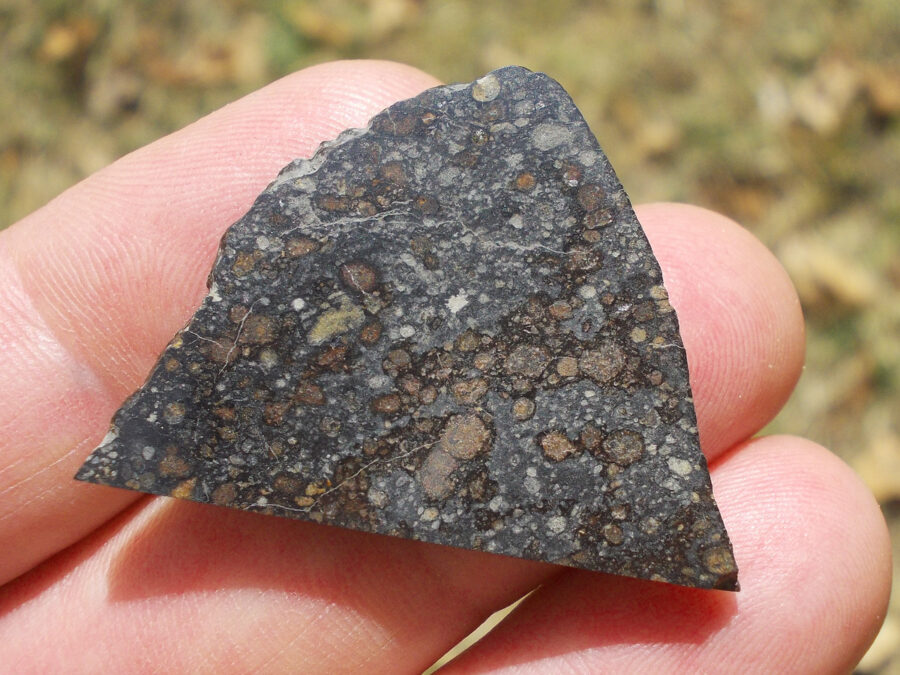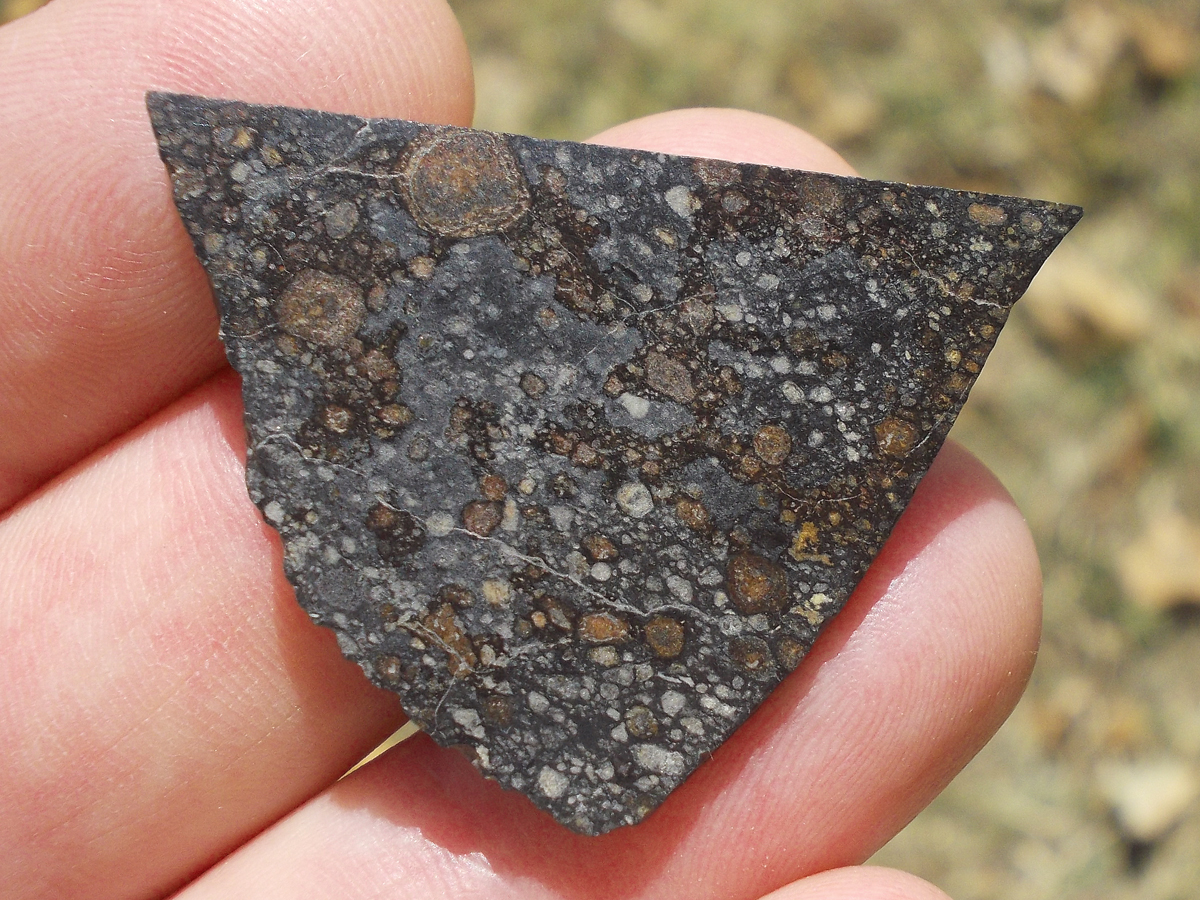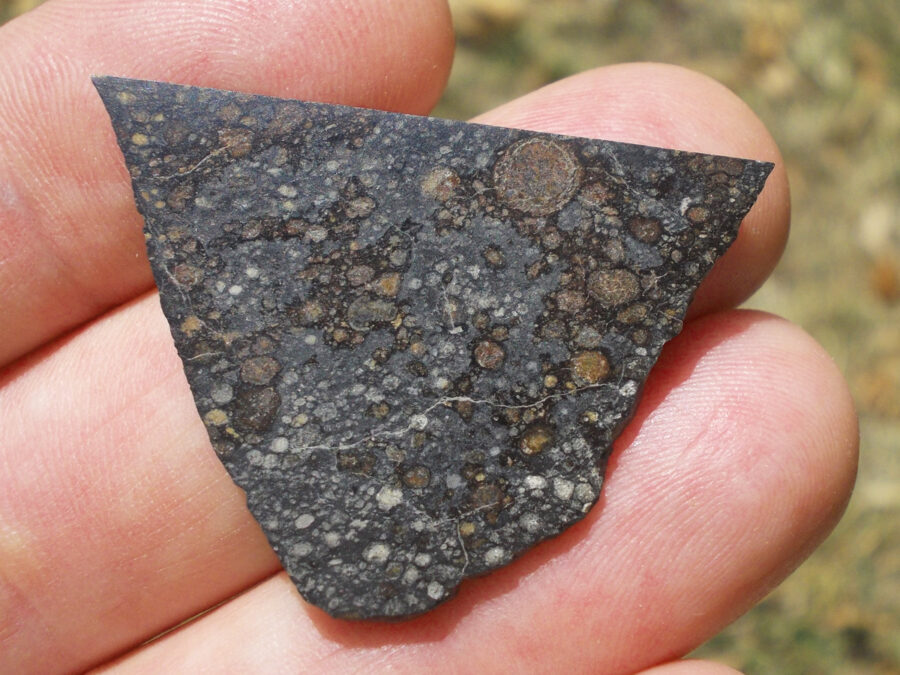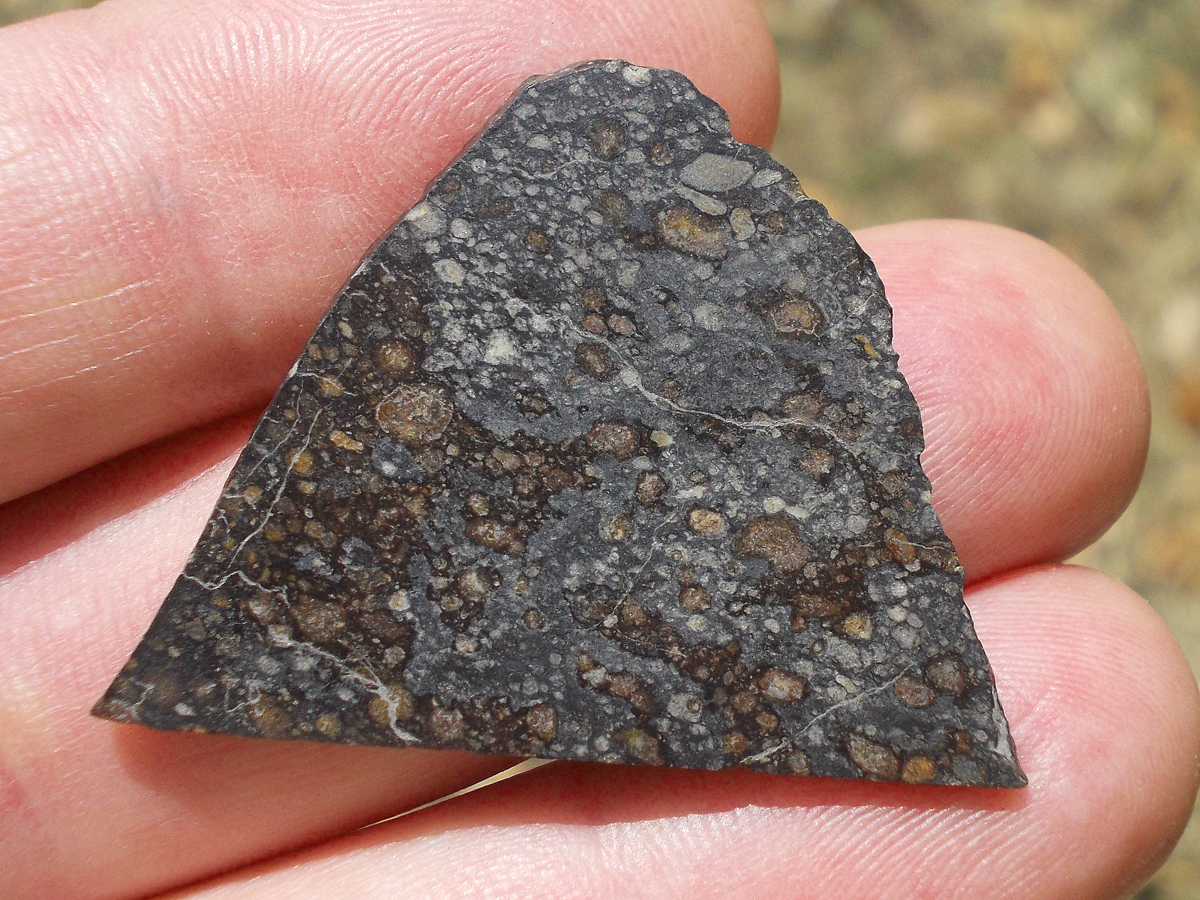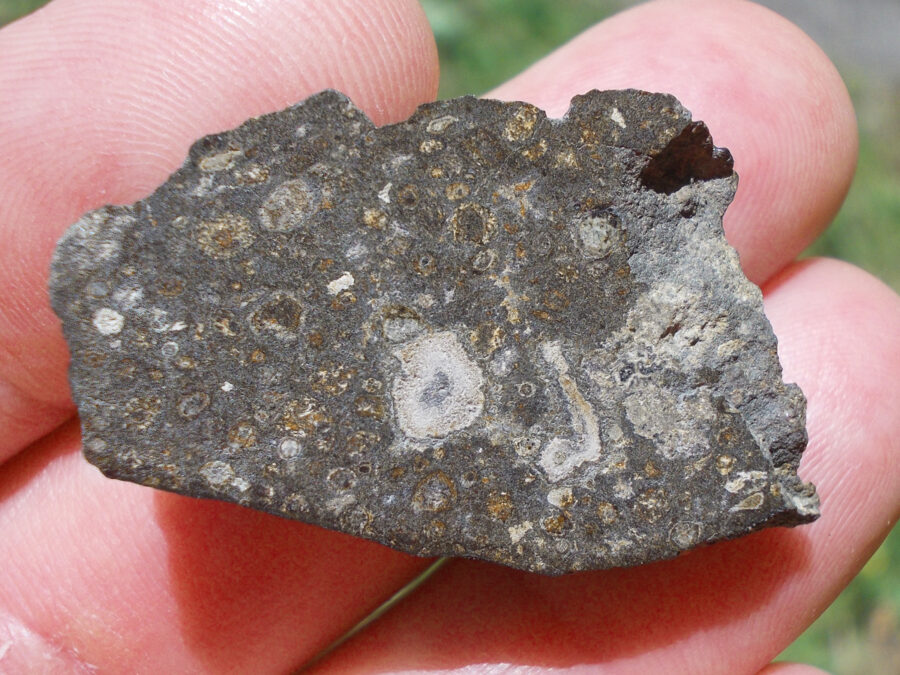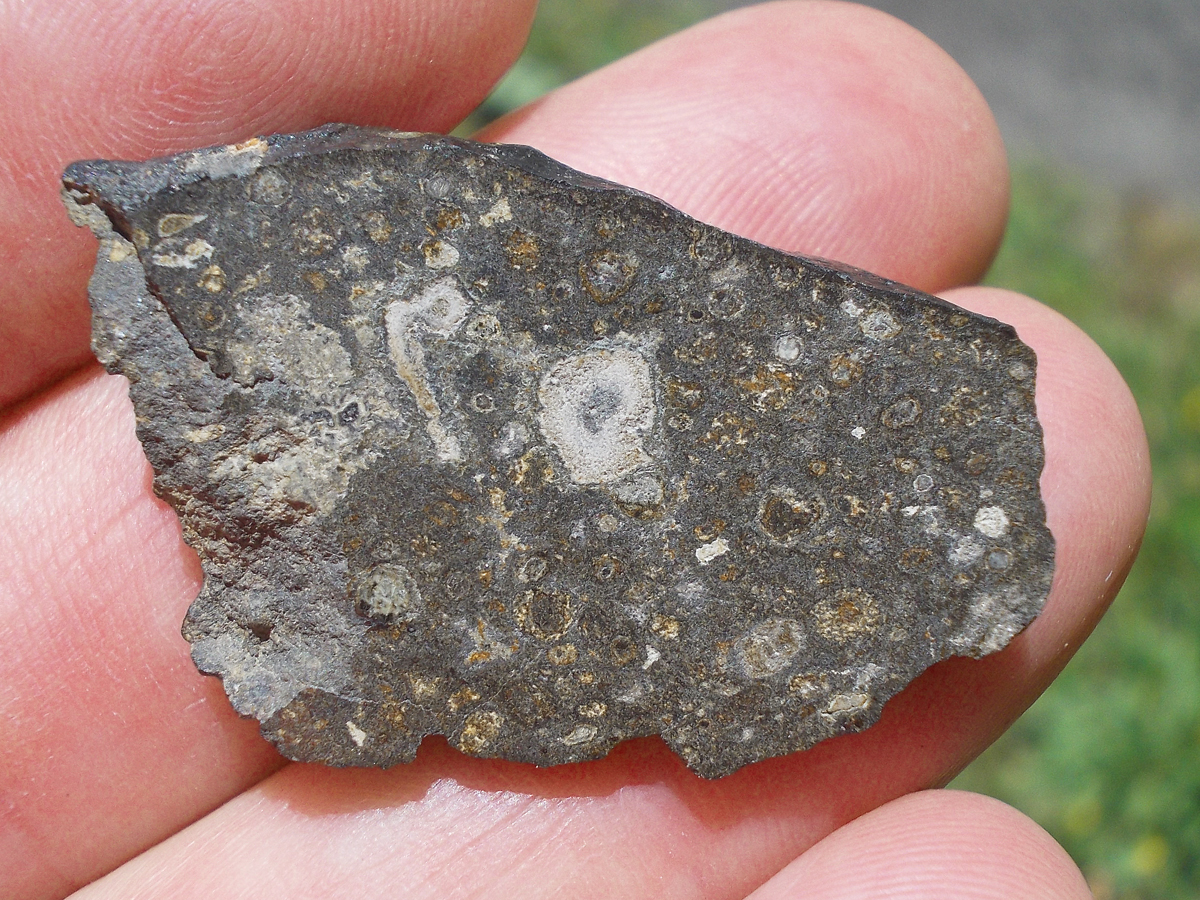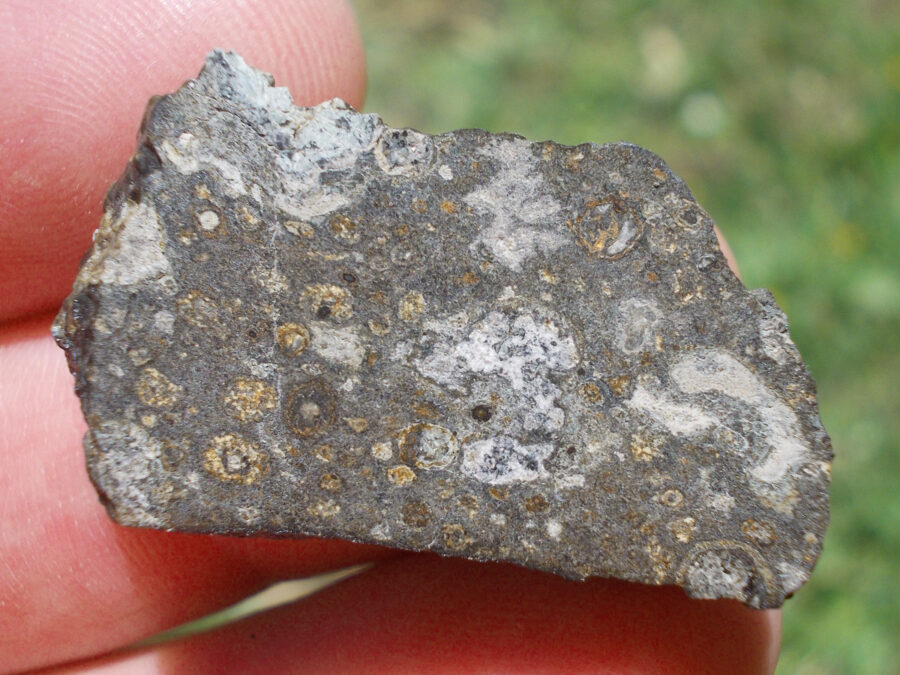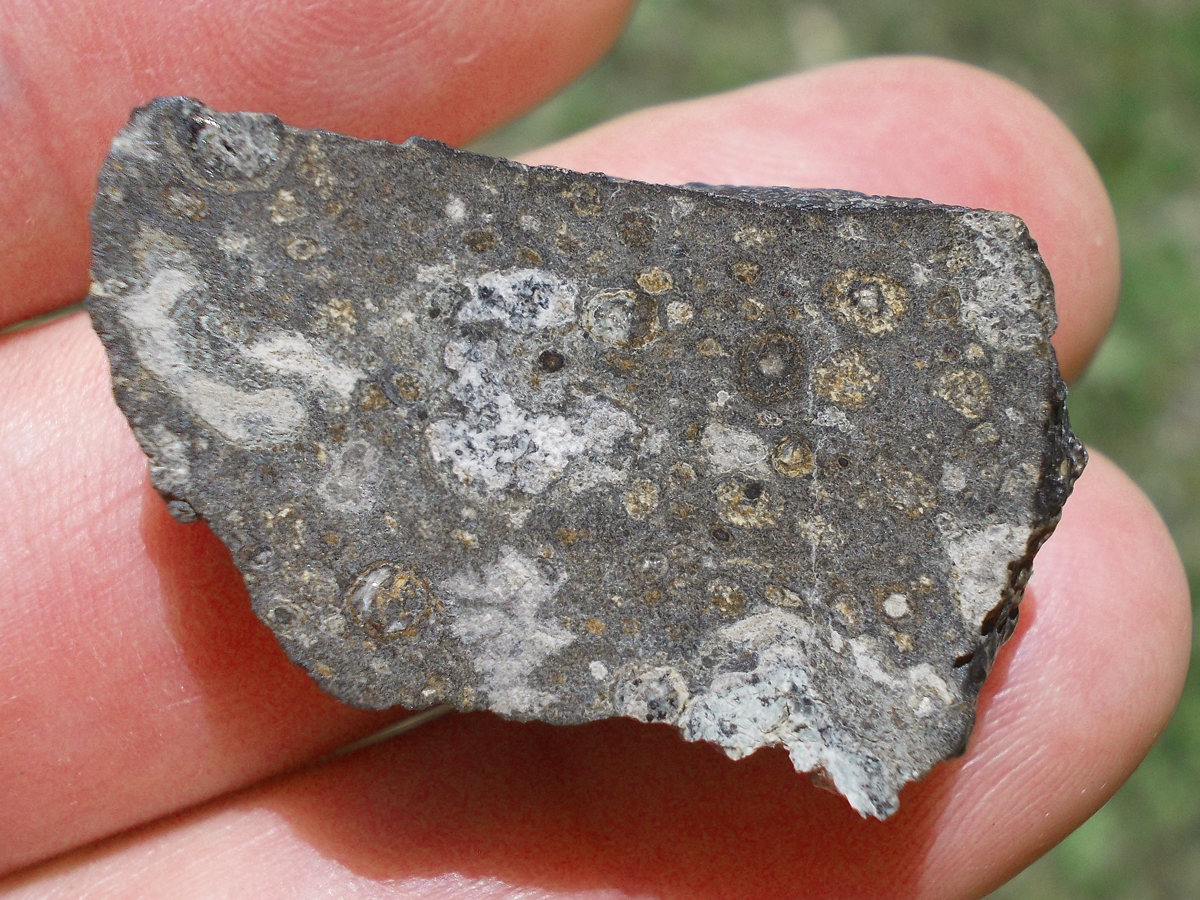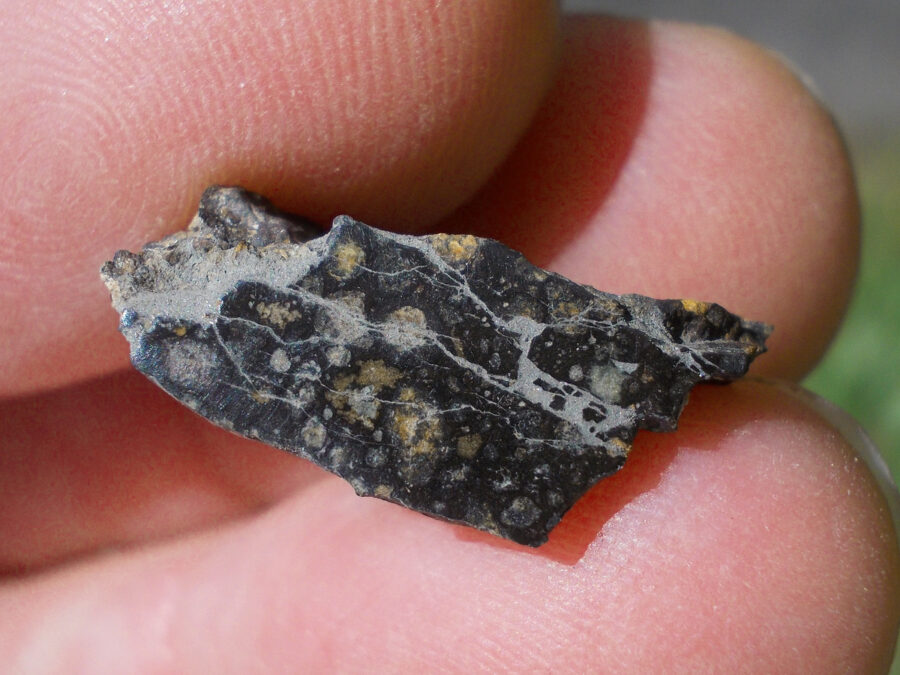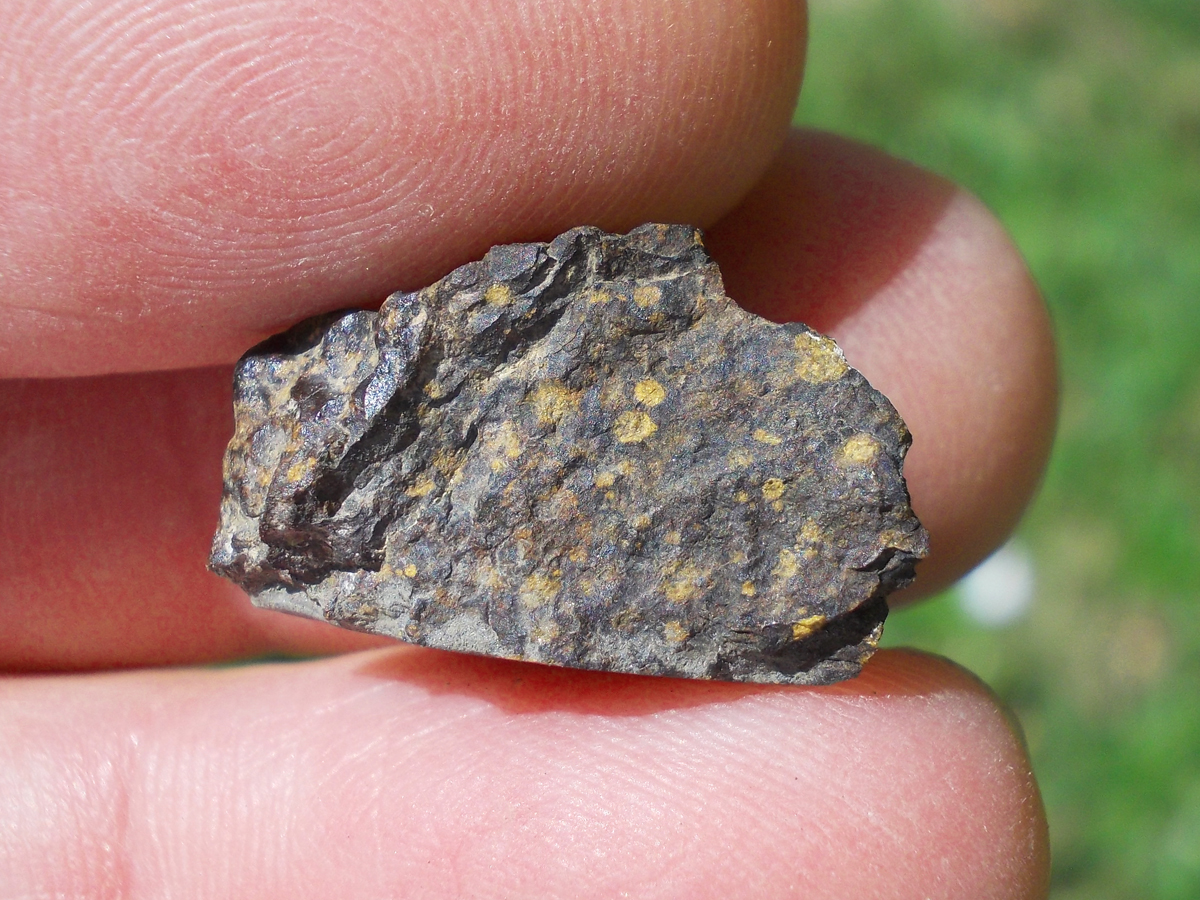Showing 19–36 of 191 results
Promo!
451,84 $ 271,49 $
NWA 16172 is a carbonaceous meteorite of a new carbonaceous class called CL.
CL-type meteorites are characterized by a large number of chondrules with little matrix and unusual metal grains for a carbonaceous meteorite.
This is a rare classification, with few items available for sale.
Promo!
451,84 $ 271,49 $
NWA 16172 is a carbonaceous meteorite of a new carbonaceous class called CL.
CL-type meteorites are characterized by a large number of chondrules with little matrix and unusual metal grains for a carbonaceous meteorite.
This is a rare classification, with few items available for sale.
Promo!
731,26 $ 438,96 $
NWA 16172 is a carbonaceous meteorite of a new carbonaceous class called CL.
CL-type meteorites are characterized by a large number of chondrules with little matrix and unusual metal grains for a carbonaceous meteorite.
This is a rare classification, with few items available for sale.
235,43 $
Sueilila 003 is a meteorite of type CV3, oxidized subgroup, it was discovered by Mbark Ben Amar and Amar Azerwal in 2016 in the Western Sahara.
This meteorite has the particularity to have large chondrules of brown color and smaller chondrules of gray color.
No explanation has been found so far by science.
CV3 chondrites are characterized by the presence of large chondrules, abundant pre-solar isotopes and white inclusions called CAI’s.
CAI’s are mineral inclusions rich in calcium and aluminum, formed 4,567 to 4,571 million years ago they are the oldest materials in the Solar System.
202,14 $
Sueilila 003 is a meteorite of type CV3, oxidized subgroup, it was discovered by Mbark Ben Amar and Amar Azerwal in 2016 in the Western Sahara.
This meteorite has the particularity to have large chondrules of brown color and smaller chondrules of gray color.
No explanation has been found so far by science.
CV3 chondrites are characterized by the presence of large chondrules, abundant pre-solar isotopes and white inclusions called CAI’s.
CAI’s are mineral inclusions rich in calcium and aluminum, formed 4,567 to 4,571 million years ago they are the oldest materials in the Solar System.
242,57 $
Sueilila 003 is a meteorite of type CV3, oxidized subgroup, it was discovered by Mbark Ben Amar and Amar Azerwal in 2016 in the Western Sahara.
This meteorite has the particularity to have large chondrules of brown color and smaller chondrules of gray color.
No explanation has been found so far by science.
CV3 chondrites are characterized by the presence of large chondrules, abundant pre-solar isotopes and white inclusions called CAI’s.
CAI’s are mineral inclusions rich in calcium and aluminum, formed 4,567 to 4,571 million years ago they are the oldest materials in the Solar System.
222,35 $
Sueilila 003 is a meteorite of type CV3, oxidized subgroup, it was discovered by Mbark Ben Amar and Amar Azerwal in 2016 in the Western Sahara.
This meteorite has the particularity to have large chondrules of brown color and smaller chondrules of gray color.
No explanation has been found so far by science.
CV3 chondrites are characterized by the presence of large chondrules, abundant pre-solar isotopes and white inclusions called CAI’s.
CAI’s are mineral inclusions rich in calcium and aluminum, formed 4,567 to 4,571 million years ago they are the oldest materials in the Solar System.
63,02 $
Sueilila 003 is a meteorite of type CV3, oxidized subgroup, it was discovered by Mbark Ben Amar and Amar Azerwal in 2016 in the Western Sahara.
This meteorite has the particularity to have large chondrules of brown color and smaller chondrules of gray color.
No explanation has been found so far by science.
CV3 chondrites are characterized by the presence of large chondrules, abundant pre-solar isotopes and white inclusions called CAI’s.
CAI’s are mineral inclusions rich in calcium and aluminum, formed 4,567 to 4,571 million years ago they are the oldest materials in the Solar System.
54,70 $
Sueilila 003 is a meteorite of type CV3, oxidized subgroup, it was discovered by Mbark Ben Amar and Amar Azerwal in 2016 in the Western Sahara.
This meteorite has the particularity to have large chondrules of brown color and smaller chondrules of gray color.
No explanation has been found so far by science.
CV3 chondrites are characterized by the presence of large chondrules, abundant pre-solar isotopes and white inclusions called CAI’s.
CAI’s are mineral inclusions rich in calcium and aluminum, formed 4,567 to 4,571 million years ago they are the oldest materials in the Solar System.
73,72 $
Sueilila 003 is a meteorite of type CV3, oxidized subgroup, it was discovered by Mbark Ben Amar and Amar Azerwal in 2016 in the Western Sahara.
This meteorite has the particularity to have large chondrules of brown color and smaller chondrules of gray color.
No explanation has been found so far by science.
CV3 chondrites are characterized by the presence of large chondrules, abundant pre-solar isotopes and white inclusions called CAI’s.
CAI’s are mineral inclusions rich in calcium and aluminum, formed 4,567 to 4,571 million years ago they are the oldest materials in the Solar System.
49,94 $
Sueilila 003 is a meteorite of type CV3, oxidized subgroup, it was discovered by Mbark Ben Amar and Amar Azerwal in 2016 in the Western Sahara.
This meteorite has the particularity to have large chondrules of brown color and smaller chondrules of gray color.
No explanation has been found so far by science.
CV3 chondrites are characterized by the presence of large chondrules, abundant pre-solar isotopes and white inclusions called CAI’s.
CAI’s are mineral inclusions rich in calcium and aluminum, formed 4,567 to 4,571 million years ago they are the oldest materials in the Solar System.
267,53 $
NWA 15641 is a CK5-6 carbonaceous meteorite.
To date, only two meteorites of this type have been classified.
It’s a meteorite both rare and beautiful.
The reference fall is the Karoonda meteorite that fell in 1930 in Australia.
529,12 $
NWA 15641 is a CK5-6 carbonaceous meteorite.
To date, only two meteorites of this type have been classified.
It’s a meteorite both rare and beautiful.
The reference fall is the Karoonda meteorite that fell in 1930 in Australia.
725,30 $
NWA 15641 is a CK5-6 carbonaceous meteorite.
To date, only two meteorites of this type have been classified.
It’s a meteorite both rare and beautiful.
The reference fall is the Karoonda meteorite that fell in 1930 in Australia.
529,12 $
NWA 15641 is a CK5-6 carbonaceous meteorite.
To date, only two meteorites of this type have been classified.
It’s a meteorite both rare and beautiful.
The reference fall is the Karoonda meteorite that fell in 1930 in Australia.
273,48 $
NWA 15641 is a CK5-6 carbonaceous meteorite.
To date, only two meteorites of this type have been classified.
It’s a meteorite both rare and beautiful.
The reference fall is the Karoonda meteorite that fell in 1930 in Australia.
15,46 $
NWA 13881 is a CV3 type meteorite with very large chondrules.
CV3 chondrites are characterized by the presence of large chondrules, abundant pre-solar isotopes and white inclusions called CAI’s.
CAI’s are mineral inclusions rich in calcium and aluminum, formed 4,567 to 4,571 million years ago they are the oldest materials in the Solar System.
16,64 $
NWA 13881 is a CV3 type meteorite with very large chondrules.
CV3 chondrites are characterized by the presence of large chondrules, abundant pre-solar isotopes and white inclusions called CAI’s.
CAI’s are mineral inclusions rich in calcium and aluminum, formed 4,567 to 4,571 million years ago they are the oldest materials in the Solar System.


